Table of Contents
Ever scrolled through Instagram or walked down the street and noticed that effortlessly cool haircut everyone seems to have? Chances are, you’re looking at a version of the textured bob hair cut. It's not just a trend; it's become a modern classic, a go-to for those seeking style without the fuss. But what makes this cut so enduringly popular? Is it the way it frames the face, adds movement, or simply that it looks perpetually undone in the best possible way?
What Exactly is a Textured Bob Hair Cut?
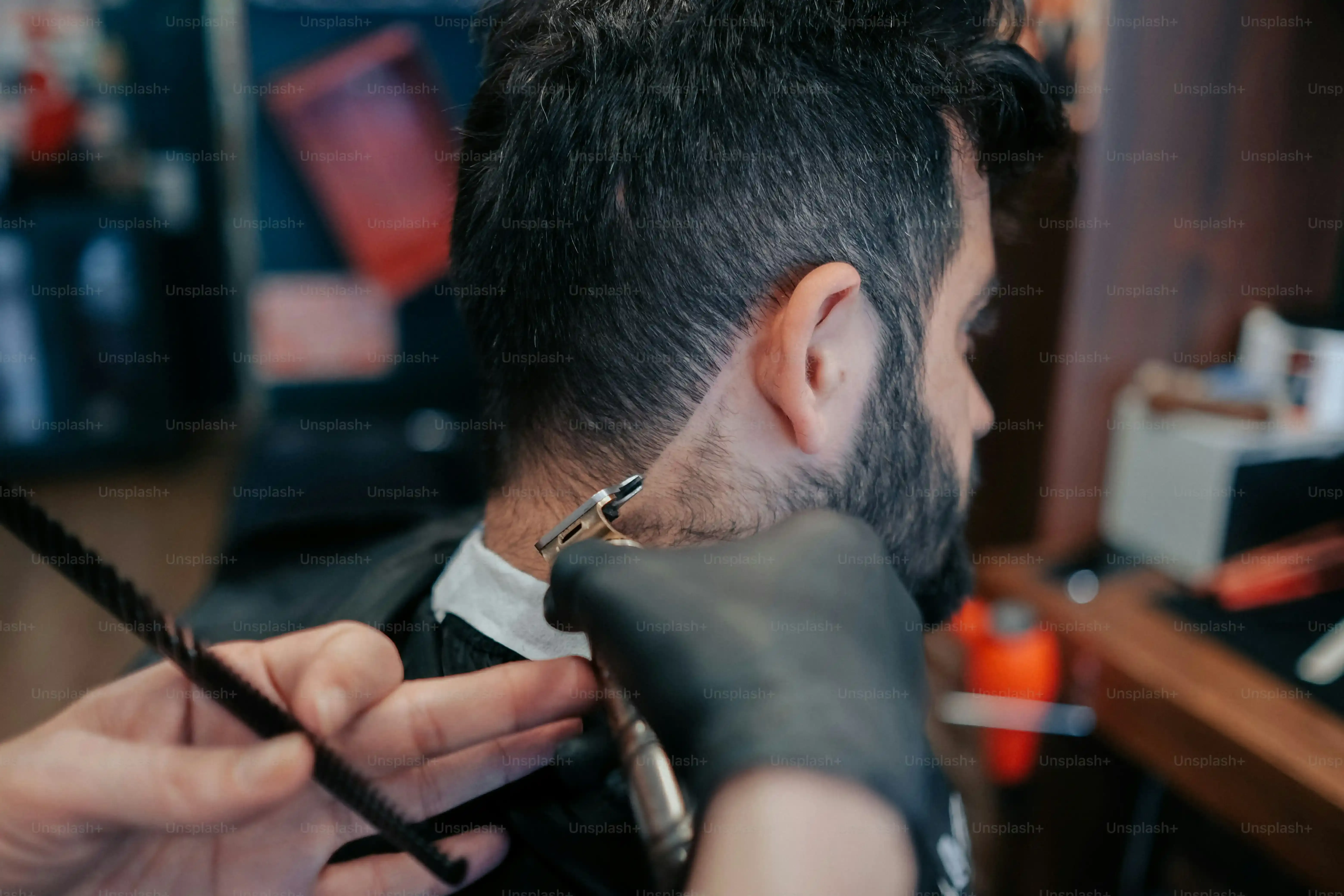
What Exactly is a Textured Bob Hair Cut?
Beyond the Basic Bob: Adding Depth and Movement
So, you know a bob, right? That classic cut that usually hits somewhere between your chin and shoulders. A textured bob hair cut takes that familiar shape and gives it a serious upgrade. Think of it like taking a perfectly smooth sheet and giving it some rumples and folds. The key difference isn't just the length, but how the ends and internal layers are treated. Instead of a sharp, blunt line all around, a textured bob has ends that look a little piece-y, a little lived-in. This is achieved by cutting into the hair, rather than straight across, which removes weight and creates visible separation between strands.
The Magic Behind the Texture: Cutting Techniques
Achieving that effortless texture isn't just about hacking away at the ends. It involves specific techniques that a skilled stylist uses. Point cutting, for example, is where the scissors are held vertically and snip into the ends, creating a softer, more broken line. Notching is another method, often used for thicker hair, to remove more bulk. Internal layering is also crucial; layers are cut within the body of the bob, not necessarily visible on the surface, but they provide lift and movement from the inside out. It's these careful cuts that prevent the dreaded "pyramid" shape on thicker hair and give fine hair some much-needed oomph.
Common Texturizing Techniques:
- Point Cutting: Adds softness to ends.
- Notching: Removes bulk, creates chunkier texture.
- Slide Cutting: Creates seamless layers and movement.
- Razor Cutting: Can create very soft, wispy ends (use with caution on certain hair types).
- Internal Layers: Adds volume and movement without visible layers on top.
The Result: An Effortless, Versatile Vibe
What you get with a textured bob hair cut is a style that looks less structured and more natural. It moves differently than a blunt cut, bouncing and swaying instead of lying flat. This texture is what makes it so versatile. It can look polished with a bit of styling product, or completely cool and casual with minimal effort. It's the cut that says, "Yes, I have great hair, and no, I didn't spend hours on it." That slight imperfection in the cut is precisely what gives it character and makes it feel modern and fresh.
Why Everyone's Obsessed with the Textured Bob
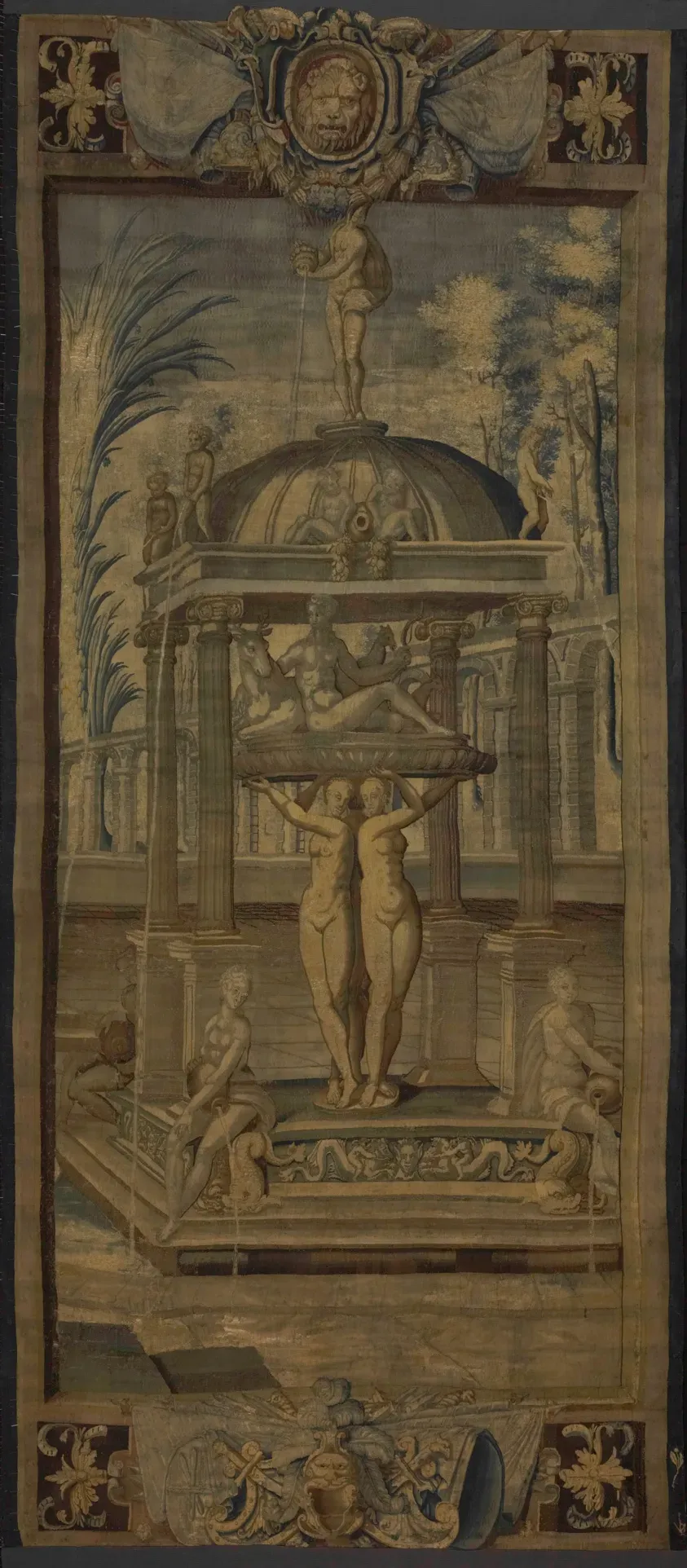
Why Everyone's Obsessed with the Textured Bob
The Reign of Effortless Cool
Let's be real, who doesn't want hair that looks great without a ton of effort? That's a huge part of why the textured bob hair cut has completely taken over. It strikes that perfect balance between looking styled and looking naturally undone. People are obsessed because it offers incredible versatility – you can wear it sleek and polished for work, or messy and beachy for the weekend, and it always feels current. It’s manageable, cuts down drying time significantly for many, and feels lighter and bouncier than a solid, blunt cut. Plus, it works wonders for adding the illusion of thickness to fine hair or removing the bulk from thicker hair that can otherwise feel heavy and shapeless. It’s a haircut that adapts to you, not the other way around, which in today's fast-paced world, is a major win.
Styling Hacks for Your Textured Bob Hair Cut
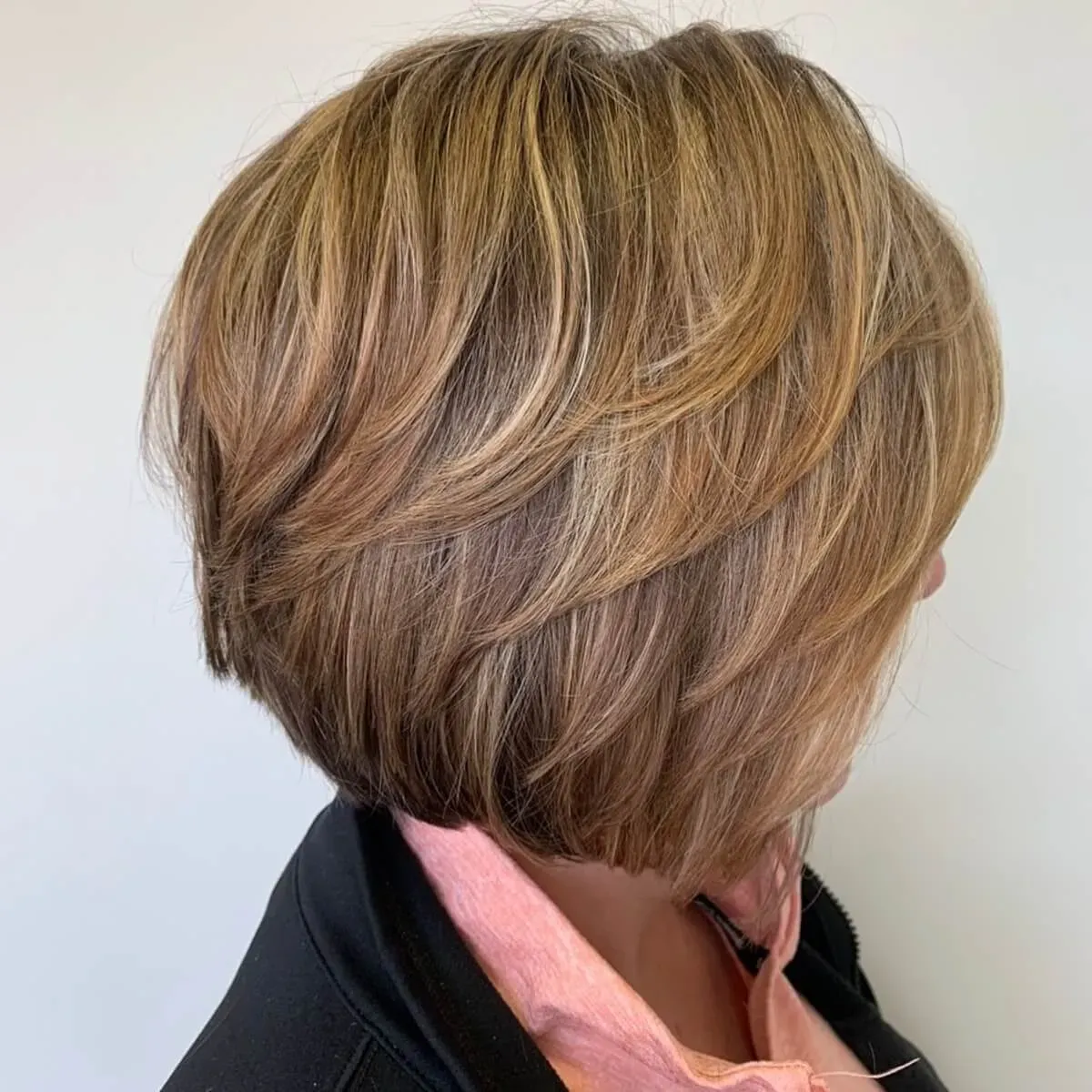
Styling Hacks for Your Textured Bob Hair Cut
so you've got the cut. Congrats. Now, how do you make that textured bob hair cut look like you just rolled out of a photoshoot and not, well, out of bed after a rough night? The magic really happens with styling, and it's often less about heat tools and more about product and technique. A good texturizing spray is your new best friend; spritz it on damp or dry hair, scrunch, and let it do the work. Sea salt sprays can give you that windswept, beachy vibe, while dry shampoos aren't just for oily roots – they add grit and volume to clean hair, perfect for enhancing that piece-y texture. Don't be afraid to mix and match; a little root lift spray can work wonders under the texture spray. And remember, sometimes, the best styling hack is simply letting your hair air dry with minimal intervention, trusting the cut to do its thing.
Finding the Right Textured Bob for Your Hair Type
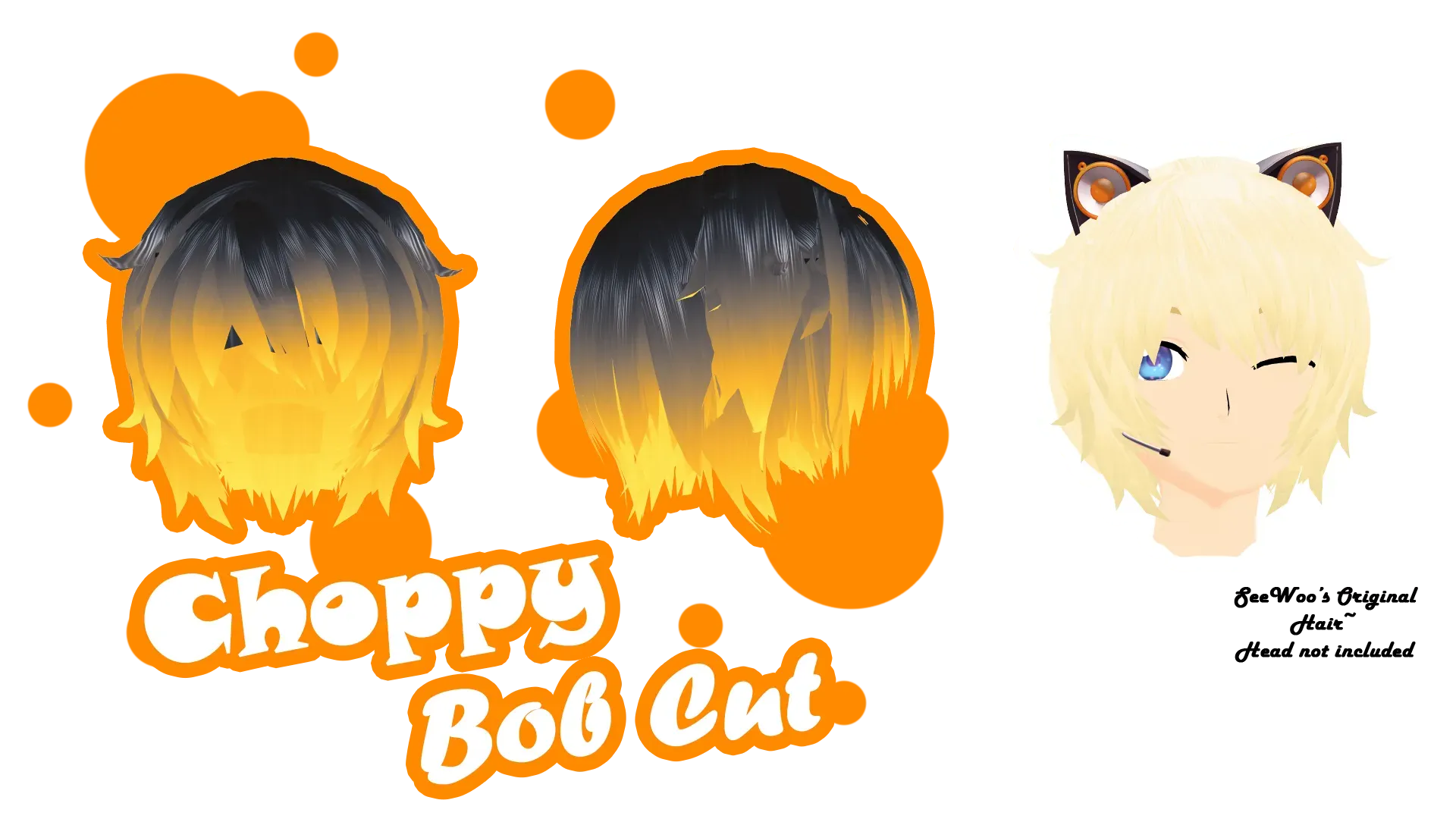
Finding the Right Textured Bob for Your Hair Type
Tailoring the Texture: Not All Hair is Created Equal
so you're sold on the idea of a textured bob hair cut, but your hair is either super fine and flat or thick enough to break scissors. Relax. The beauty of this cut is its adaptability. It's not a one-size-fits-all deal. If your hair is on the thinner side, the texture is key to faking fullness. Your stylist will likely use point cutting and internal layers strategically to add lift and movement, making it look like you have way more hair than you actually do. Think softer, wispier ends rather than chunky ones. For those blessed (or cursed, depending on the humidity) with thick hair, the textured bob is a godsend for removing weight. Deep notching and significant internal layering are your friends here. This prevents the cut from becoming a heavy, triangular nightmare, giving it shape and flow instead.
Wavy, Curly, or Straight: Texture for Every Strand
What about texture that's already there? If you have natural waves or curls, a textured bob hair cut can enhance them beautifully. Layers need to be cut carefully to avoid frizz and encourage curl definition. Too short, and you risk the dreaded mushroom cloud; too long, and you lose the bob shape. It's a delicate balance. Straight hair, on the other hand, relies entirely on the cut to create the illusion of texture and movement. Without strategic layering and texturizing techniques, straight hair in a bob can look flat and lifeless. This is where razor cutting or slide cutting can be particularly effective, creating soft, piece-y ends that give straight hair some much-needed interest and swing.
Textured Bob Variations by Hair Type:
- Fine Hair: Soft point cutting, internal layers, chin to collarbone length for fullness.
- Thick Hair: Aggressive notching, significant internal layering, slightly longer lengths to avoid bulk.
- Wavy Hair: Long, sweeping layers, diffused drying to enhance natural texture, mid-length bobs often work well.
- Curly Hair: DevaCut or similar technique for curl definition, layers that follow the curl pattern, avoiding blunt lines.
- Straight Hair: Razor cutting, slide cutting, piece-y ends for movement, can go shorter as bulk isn't an issue.
Maintaining Your Chic Textured Bob Hair Cut
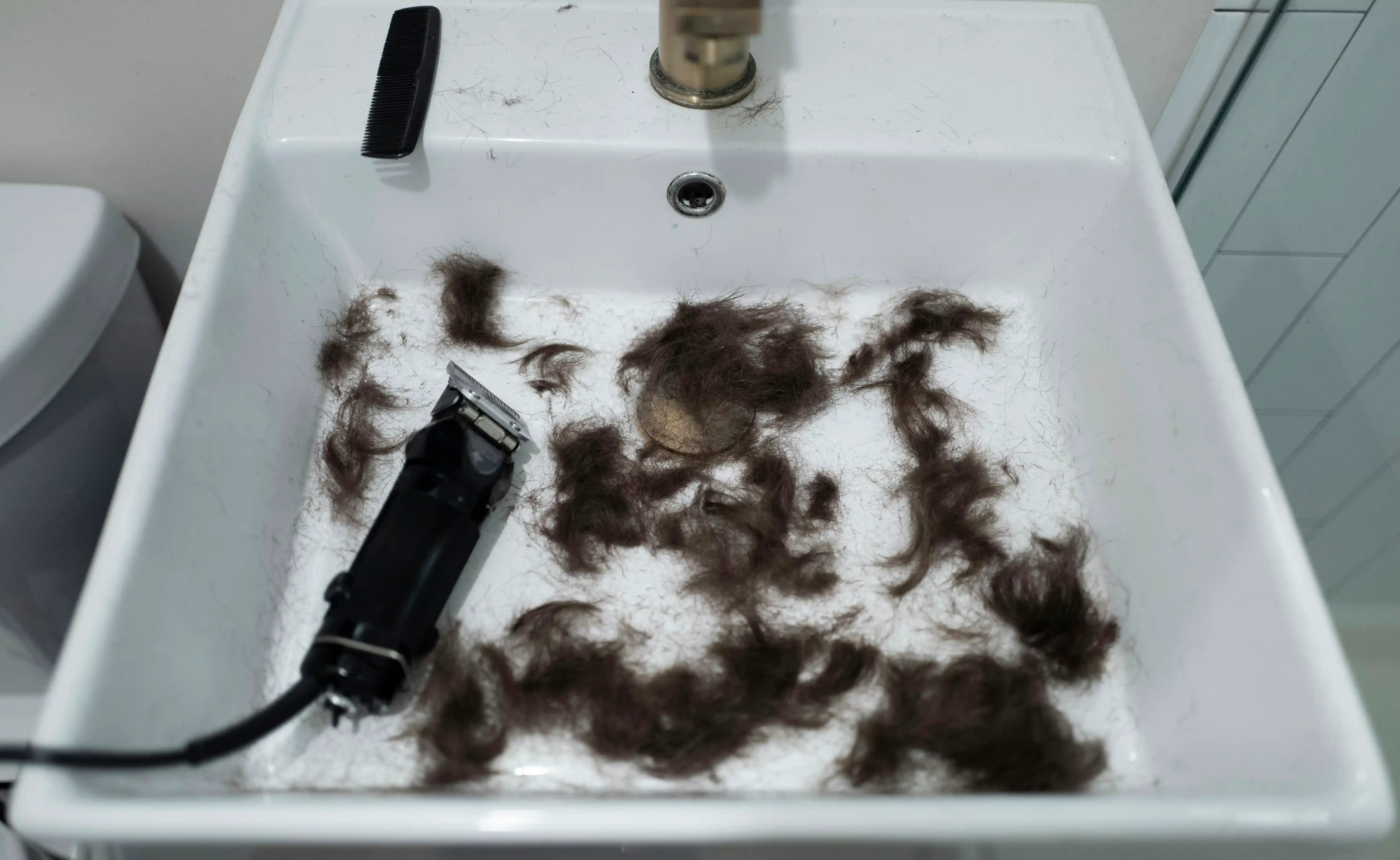
Maintaining Your Chic Textured Bob Hair Cut
The Non-Negotiable Trim Schedule
Look, that perfect piece-y texture and flattering shape won't last forever on their own. Just like a fancy car needs regular oil changes, your textured bob hair cut needs trims. Skipping appointments is the fastest way to watch your stylish cut morph into a shapeless mess or, worse, a frizzy triangle. Plan to see your stylist every 6-8 weeks, minimum. This isn't just about taking off length; it's about preserving the internal layers and the specific texturizing techniques that make the cut work. Your stylist will reshape it, remove any split ends trying to sabotage your vibe, and ensure that effortless look stays, well, effortless.
At-Home Arsenal: Products and Washing
Maintaining that lived-in texture requires the right product lineup, but don't think you need a cabinet full of potions. Less is often more. A good dry shampoo is essential, not just for absorbing oil, but for adding grip and volume to roots and mid-lengths, enhancing that textured feel. A lightweight texturizing spray or paste applied to the ends helps define those piece-y bits. As for washing, avoid washing too frequently. Over-washing strips natural oils, which can make hair flat or, ironically, lead to more oil production. Aim for every 2-3 days, or even longer if your hair allows. When you do wash, focus shampoo on the scalp and let the suds run through the ends, then condition from the mid-lengths down.
- Invest in a quality dry shampoo for volume and texture.
- Use a lightweight texturizing spray or paste on ends.
- Wash your hair less often (aim for every 2-3 days).
- Use heat protectant religiously before styling.
- Consider a silk pillowcase to reduce friction and frizz overnight.
Protecting Your Investment (and Avoiding Disaster)
You've got the cut, you've got the products, now protect it. Heat styling is often necessary for a textured bob hair cut, whether you're using a straightener to define pieces or a curling iron for waves. Always, and I mean *always*, use a heat protectant spray beforehand. Skipping this step is a direct route to dry, brittle ends that ruin the texture. Sleeping on a silk or satin pillowcase can also make a surprising difference, reducing friction that causes frizz and tangles. If you live in a humid climate, a light anti-frizz serum or spray can be a lifesaver, applied sparingly to the ends to keep things smooth without weighing down that crucial texture. It's the small daily habits that keep your textured bob looking sharp between those necessary trims.
Ready for the Textured Bob?
So, there you have it. The textured bob hair cut isn't some fleeting Instagram fad; it's a genuinely adaptable style that offers movement, reduces bulk, and generally makes hair look less like a solid block and more like, well, hair. It works for more people than you'd think, cuts down on styling drama for many, and frankly, just looks cool. If you've been contemplating a change and want something that feels current but won't be dated by next season, this cut warrants serious consideration. Chat with your stylist, look at examples that match your hair type, and maybe, just maybe, you'll find your new favorite look.